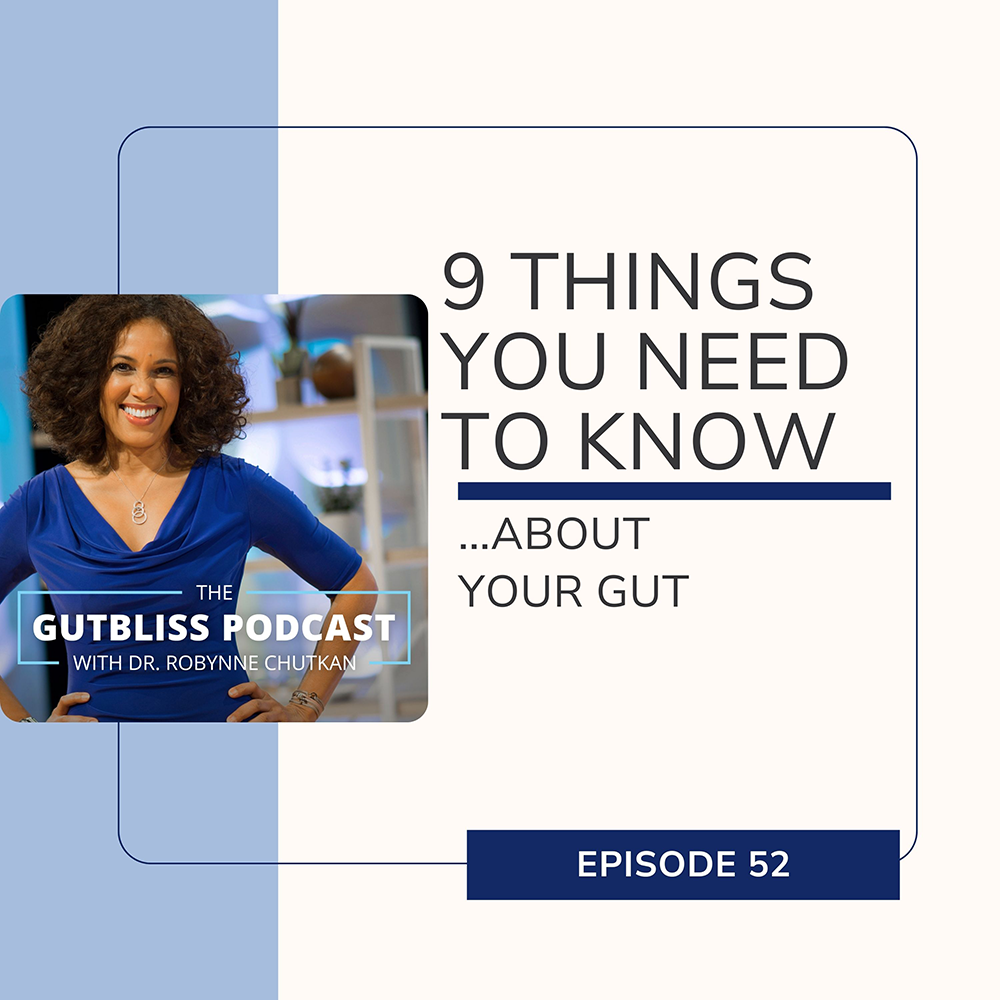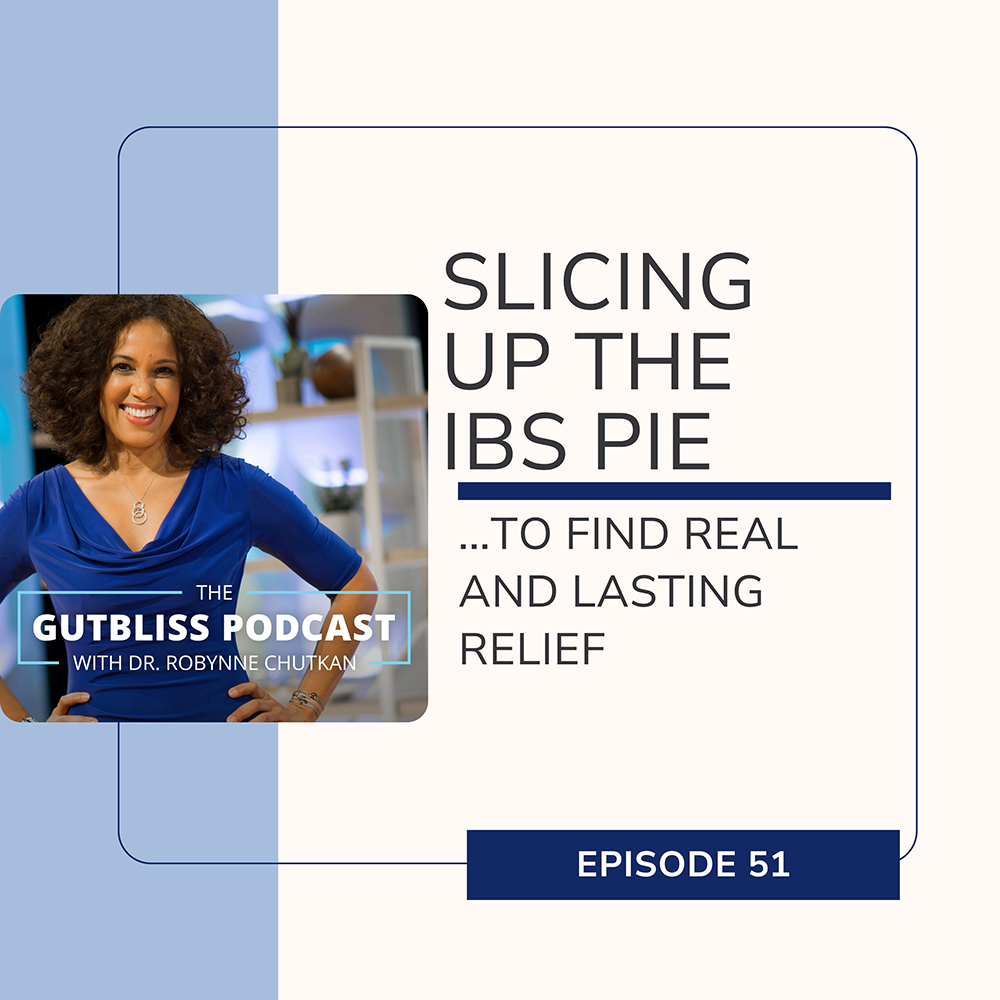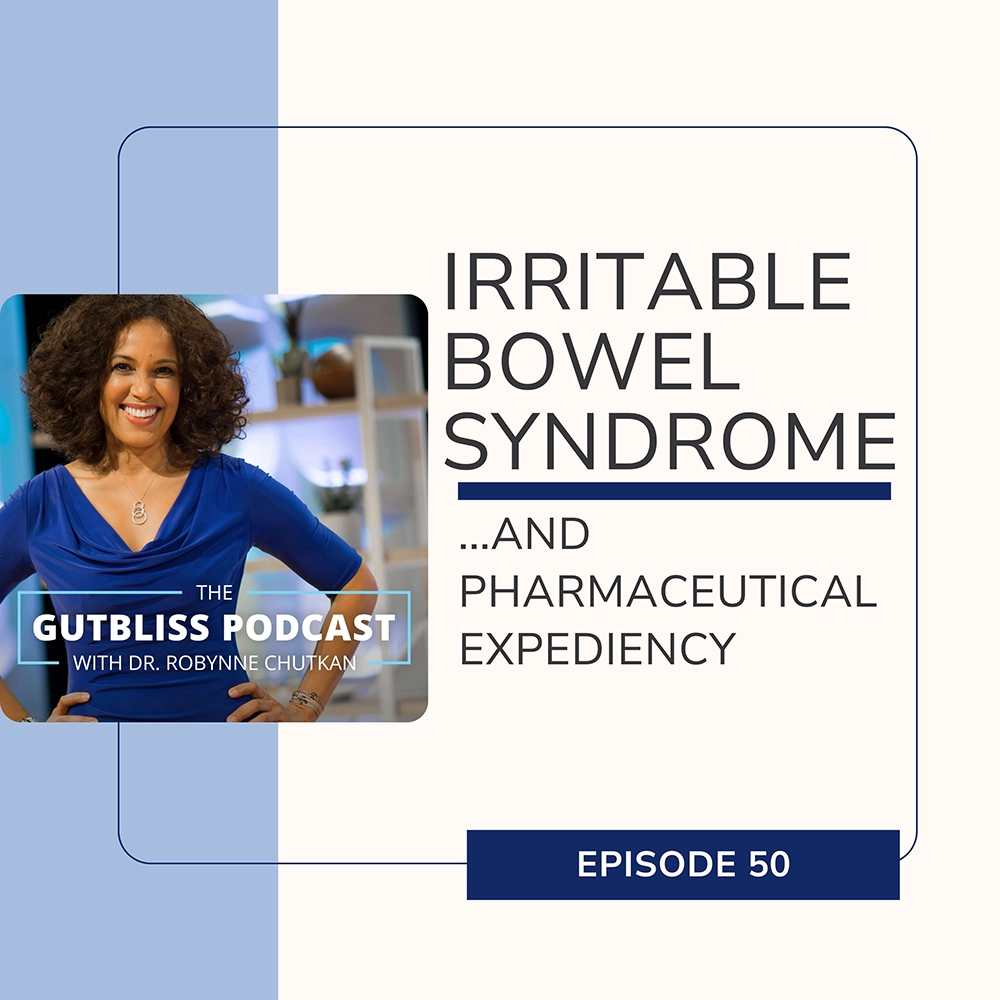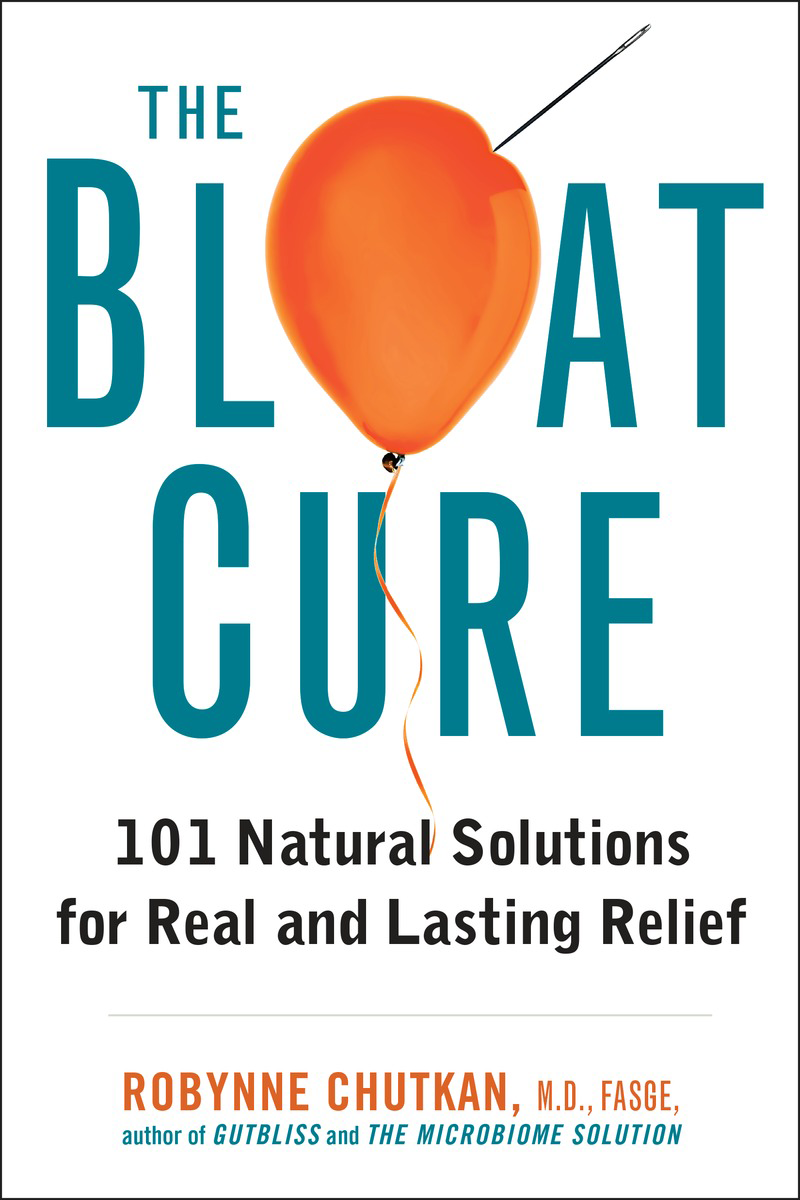On today’s show, about 17 years ago when our daughter was 2 she came down with a terrible case of diarrhea and vomiting and ended up in the hospital with a Rotavirus infection. My husband Eric had just left that morning for Guam – a trip that takes around 24 hours from Washington DC. By the time he arrived in Guam, Sydney had been admitted to the pediatric unit at Georgetown Hospital with early signs of kidney failure and liver damage as a result of severe dehydration. When my husband heard the news, he headed back to the airport to make the long trek back. Of course by the time he arrived at the hospital the next day, Syd had been rehydrated with IV fluids, her labs were all trending back to normal, and she was sitting up in bed enjoying unlimited popsicles from the nurses, looking totally fine. Definitely not the death’s door situation I had described on the phone.
But Sydney’s hospitalization for rotavirus is not what I want to tell you about. This episode is about something else entirely and it involves my husband Eric’s buttocks! Eric had been a little constipated before the trip to Guam because of a busy work schedule that had him off his usual exercise and healthy eating routine. During travel he opted for the camel approach of not drinking any water to avoid having to get up from his window seat and get to the bathroom. By the end of the 48 hour roundtrip of dehydration and sitting, what started as a slight discomfort in his rear end, had blossomed into a stabbing knife-like pain in the butt.
Once we got Sydney home from the hospital and stabilized, I began the even more challenging task of getting my husband to drop his pants so I could get to work checking out his rear end. I’ll be perfectly honest, for me, looking at someone’s butt is like looking at their elbow. There is no grossness or awkwardness associated with it on my part but that is not always true for the person I’m examining – even when that person is my husband. I finally convince Eric to lie on his left side and let me examine his rectal area and when I take a look, what do I see – a swollen purple lump that looks like a big hard marble. What I’m describing is a hemorrhoid.
So let’s start with some basic definitions: A hemorrhoid is an inflamed vein. When that vein is in your lower rectum we call it an internal hemorrhoid, and when it’s lower down in your anus we call it an external hemorrhoid. When these veins get inflamed, they become engorged and swollen and blood pools inside them, which can cause pain, bleeding, and itching. What causes the veins to become inflamed? Usually when there’s additional pressure or weakening of the lining of the rectum or anus. The commonest cause by far is constipation especially in people who don’t eat enough fiber to produce a nice bulky stool that’s easy to expel, but hemorrhoids can also occur in pregnancy, in people who are overweight or obese, in the elderly. Prolonged sitting – especially on the toilet (check out Episode 2 of the Gutbliss Podcast on Shy Bowel for more on that) or prolonged sitting on an airplane like with Eric are also a common cause of hemorrhoids. And you can actually get hemorrhoids from the opposite problem of constipation which is persistent diarrhea where the veins become irritated and inflamed because of all the stool constantly passing through.
Hemorrhoids can be asymptomatic – your doctor may see them on rectal exam, but you may be unaware that you even have them. If you do have symptoms, that will usually be:
- Small amounts of bright red blood in the stool or on the toilet paper
- Anal itching, discomfort, or pain
- Stool leakage
Chronic hemorrhoids can cause anemia, because even small amounts of blood loss over a long period of time can end up lowering your blood count.
Now, why was Eric experiencing so much pain from his hemorrhoid? That’s because he had what’s called a thrombosed hemorrhoid, where the vein becomes really engorged and swollen, and the blood inside forms a clot that hardens, and anytime you sit or walk or have a bowel movement or put any pressure on the area it’s super painful. A thrombosed hemorrhoid is sort of an emergency because it’s so painful, and it can be treated surgically through a minor procedure called incision and drainage, where you basically make a small cut on the surface of the hemorrhoid and remove the clot through that cut and then allow the area to heal. But that has to be done within the first couple days of the clot forming, and in Eric’s case, it had already been several days, so it was too late to think about incision and drainage.
What else can you do to alleviate this intense pain from a hemorrhoid? Well, the first thing is to try and relieve the pressure on the vein, and so I’ll usually recommend a doughnut shaped cushion to sit on, which is a circular cushion with the center cut out so that when you’re sitting there’s no pressure on the rectum. Sitz baths, which involve soaking your bottom in lukewarm water with unscented Epsom salts can also be really helpful for softening the clot inside the hemorrhoid and helping it to dissolve. And a couple things I want to remind you of here: make sure the Epsom salts are unscented. This is not the time for fancy lavender bath salts. Those are going to irritate your hemorrhoids even more. The other thing to keep in mind is that just sitting in a bathtub is not helpful because you’re putting pressure on the area. You want to get a little plastic tub that fits inside the toilet, fill that with water and Epsom salts, and then sit on the toilet, soaking your bottom in the little plastic basin. So that way you have at least a couple inches of water between your rectum and the bottom of the basin and there’s no pressure directly on your hemorrhoids the way there would be if you were sitting in a bathtub. This is a really good $10 or $15 investment for that little plastic basin that fits inside the toilet bowl.
Critically important if you have hemorrhoids, is to make sure that your stool is soft so that when you’re pushing it out, you’re not further inflaming those veins. So I’ll often recommend a stool softener, plus a little magnesium, lots of water and a fiber supplement like psyllium husk to keep things soft and moving. You also don’t want to be straining to push out a hard stool because again, that is going to put more pressure on the vein and make the hemorrhoid even bigger and more painful. The goal is soft easy to pass stool.
I mentioned incision and drainage for an acutely thrombosed hemorrhoid, which is something that a colorectal or general surgeon does. But there are also things that we do as gastroenterologists for chronic hemorrhoids which can be very helpful, and one of those things is banding. This is a procedure that’s usually done at the time of a colonoscopy where a device is attached to the end of the colonoscope that sucks the hemorrhoid in, and then a band, literally a rubber band, is released and it goes around the neck of the hemorrhoid, and it sort of strangles it. It cuts off the blood supply, so the hemorrhoid eventually withers up. Now this can be really effective for hemorrhoids that are bleeding chronically. You would never want to band a thrombosed hemorrhoid though, because that has a clot in it, and it would be excruciatingly painful.
The thing I always emphasize to people when they’re considering getting their hemorrhoids banded is that if they don’t address the root cause of why they have hemorrhoids in the 1st place – which is usually constipation or hard stool – even if the banding is successful, the hemorrhoids are eventually going to come back so you have to address the underlying cause and commit to solving those issues, even if you are having a procedure that is going to take care of the problem in the short term.
What happened to Eric’s thrombosed hemorrhoid, you might be wondering? With a lot of TLC involving sitz baths, and doughnut cushions and a huge glass of psyllium husk every morning – which 17 years later, he still does religiously – his thrombosed hemorrhoid did finally resolve after a couple weeks, and I’m happy to tell you that it has not recurred. There have been a few glimmers of discomfort here and there that usually involve long car trips or him getting off his fiber game, but he knows exactly what to do to get things back on track – and avoid a rectal exam from me, which is his main goal!
So I want to leave you with three takeaways about hemorrhoids:
- Rectal bleeding, blood in the stool or on toilet paper, or pain in the rectal area ALWAYS need to be evaluated. The first part of the evaluation is a simple rectal exam, and it’s important that the person who is doing the exam asks you to bear down and push because that makes it easier to see an internal hemorrhoid. If they’re not seeing anything on rectal exam then a colonoscopy would be the next step, especially if you’re having blood in the stool.
- Hemorrhoids are benign conditions but they’re still super bothersome – and they can almost always be improved or healed completely so don’t just resign yourself to having a pain in the butt – there’s lots that can be done.
- The treatment approach can and should involve getting you immediate relief, but it also needs to address the root cause of why your hemorrhoid formed in the first place. No amount of Preparation H crème is going to help if you don’t address your underlying constipation, or the allergy medicine that’s drying you out, or the fact that you’re taking your phone into the bathroom in the mornings and sitting on the toilet for 45 minutes.
So that’s it for this episode of the Gutbliss Podcast on pain in the butt hemorrhoids. For additional free resources, go to Gutbliss.com and click on the Gut Guides tab and you will see a gut guide for Hemorrhoids – the guides are arranged alphabetically so they’re easy to find. Thanks for letting me get up your butt a little bit today – it’s all part of my master plan to make sure you are experiencing gut bliss in 2025!
Coming up next week on the Gutbliss podcast: 30 different plants per week. The magic number that everyone should know about.









